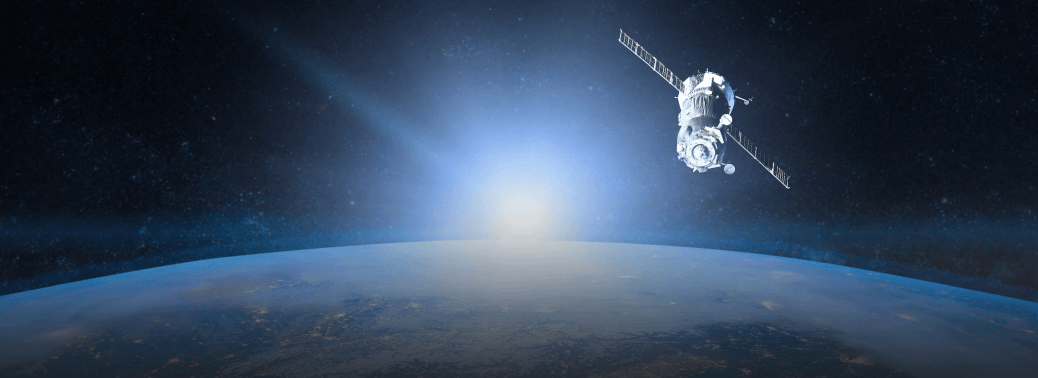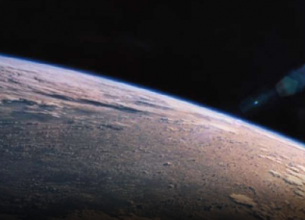OUTER CLARITY: ON ‘WEAPONISATION’ OF OUTER SPACE
05, Apr 2019

Prelims level :
Mains level :
Why in News:
- The Indian Space Research Organisation (ISRO) successful launch of the PSLV-C45 rocket that placed 29 satellites in three different orbits appears that the Indian space programme stands galvanised and poised for a giant leap.
Details:
- In February 2017, the PSLV-C37 placed 104 satellites, 96 of them from the U.S shows
- ISRO’s ability to launch satellites at a fraction of the cost that other countries incur.
- In February 2017 launch also placed the fifth of the Cartosat 2 series in orbit, an earth observation satellite with cameras that have a resolution of less than a metre.
- The PSLV-C45 placed EMISAT, which can, among other things, aid in electronic intelligence. In other words, India is achieving a great place in space military architecture.
- Over the next few months, as many as eight satellites are expected to be launched, which aims to strengthen the defence dimension.
PSLV-C37 / CARTOSAT -2 Series Satellite:
- India’s Polar Satellite Launch Vehicle, in its thirty ninth flight (PSLV-C37), launches the 714 kg Cartosat-2 series satellite for earth observation and 103 co-passenger satellites together weighing about 663 kg at lift-off into a 505 km polar Sun Synchronous Orbit (SSO). PSLV- C37 was launched from the First Launch Pad (FLP) of Satish Dhawan Space Centre (SDSC) SHAR, Sriharikota. This was the sixteenth flight of PSLV in ‘XL’ configuration (with the use of solid strap-on motors).
- The co-passenger satellites comprised of 101 nanosatellites, one each from Kazakhstan, Israel, The Netherlands, Switzerland, United Arab Emirates (UAE) and 96 from United States of America (USA), as well as two Nano satellites from India. The total weight of all these satellites carried on-board PSLV-C37 was about 1377 kg.
- PSLV-C37 also carried two ISRO Nano satellites (INS-1A and INS-1B), as co-passenger satellites. These two satellites carry a total of four different payloads from Space Applications Centre (SAC) and Laboratory for Electro Optics Systems (LEOS) of ISRO for conducting various experiments.
- The 101 International customer Nano satellites were launched as part of the commercial arrangements between Antrix Corporation Limited (Antrix), a Government of India company under Department of Space (DOS), the commercial arm of ISRO and the International customers.
PSLV C45:
- The PSLV-C45 is the 47th mission of the Indian Polar Satellite Launch Vehicle (PSLV) program.
- The Polar Satellite Launch Vehicle (PSLV)-C45 was launched on 1 April 2019 with a payload of 29 satellites, including one for electronic intelligence, along with 28 customer satellites from other countries.
- It placed the primary satellite, EMISAT, a piece of surveillance equipment to be used by the Defence Research and Development Organisation (DRDO), to the 748 km sun-synchronous polar orbit.
- It then made one complete revolution around Earth, over the poles, while lowering its orbit to 504 km height, after which it deposited the 28 international customer satellites — 24 from the US, two from Lithuania, and one each from Switzerland and Spain.
- It then made a further round of Earth while attaining an even lower orbit of 485 km, where the fourth stage of the rocket will continue for some time. This operation took a little over three hours.
Significance of the Achievement:
- Reaching three different orbits gives ISRO a new technological edge.
- It demonstrated its capability to reuse the fourth-stage engines multiple times, and also showed that the guidance and navigation systems aboard the launch vehicle could be used for much longer times than in earlier missions
- it will help ISRO pack its future rockets with multiple satellites even if they require to be placed in very diverse but precise orbits. Currently, this could be done only in multiple missions.
Significance of Using the Fourth Stage as a Satellite:
- The rocket, or the launch vehicle, is only a carrier. Once it places its passenger, or satellite, to its designated orbit in space, it becomes practically useless, adding to the space debris.
- For the last few years, ISRO had been planning to give some life to the rocket — at least to the uppermost part, or the last stage — which remains with the satellite till the ejection.
- The lower parts of the rocket are in any case discarded in the earlier stages and become junk. There is no way to put them to any use.
- The uppermost stage, however, can be used, at least temporarily. Previously, they would end up in some orbit to wander aimlessly and endlessly.
What purpose will it serve?
- The fourth stage is carrying three kinds of equipment to carry out some measurements and experiments, and a solar panel to provide power to these equipment’s and enable communication with ground stations.
- One kind of instrument can be used to capture messages transmitted from ships, another can be used by amateur radio operators use for tracking and monitoring position data, and the third can study the structure and composition of the Ionosphere.
Way forward:
- The government should articulate much more clearly the doctrinal aspects of the space programme.
- India must communicate its peaceful intentions so as to contribute to a better understanding among countries and to reduce the chances of wrong inferences being drawn in crisis situations.
- New Delhi must take a bigger lead in forging a global and legally binding instrument to prevent militarisation of space









